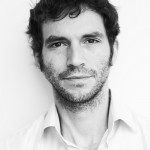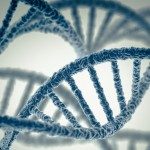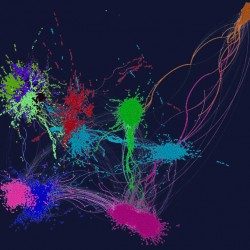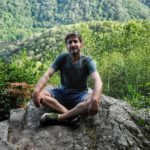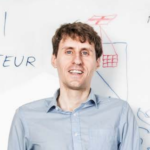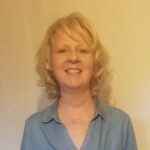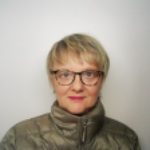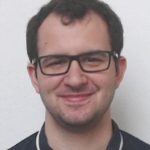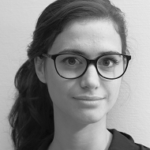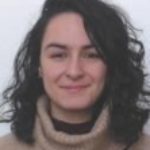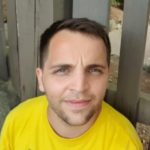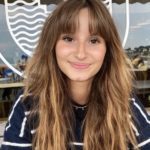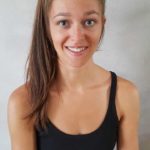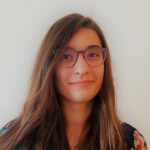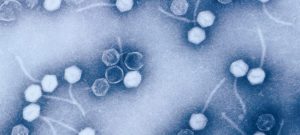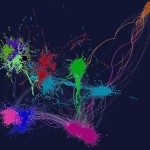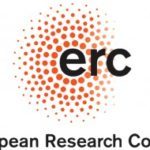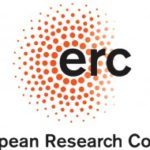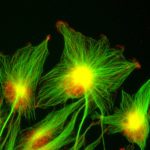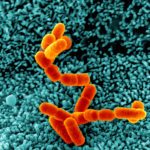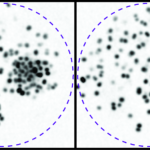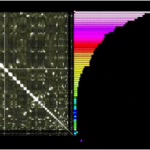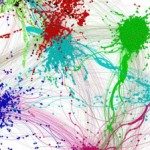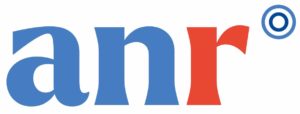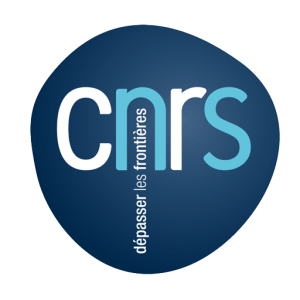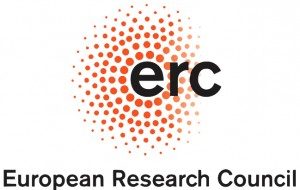The folding of chromosomes is a carefully regulated process, essential to the function and propagation of DNA molecule(s) over generations. Past and recent work have revealed its importance in bacteria, eukaryotes and archaea, where regulatory mechanisms have evolved to coordinate chromosome organization with other DNA-related metabolic processes such as DNA repair, segregation or gene expression. To address these questions, we combine genetics, synthetic genomics, modelling and computer science to perform experiments on a variety of species (e.g. E. coli, S. cerevisiae, human). We also enjoy well-established collaborations with physicists (Mozziconacci, Nollmann lab) and teams with skills and interests complementary to ours.
- First, we investigate the functional organization of chromosomes in a variety of model microorganisms, including pathogens.
- Second, we develop and apply new genomic techniques exploiting chromosome 3D contacts to investigate complex microbial communities.
- Finally, we investigate infections from the point of view of chromosome structure, to improve our understanding of these processes.
Part of the projects aim at describing and characterizing the regulation and function of the structural changes undergone by yeast and bacterial genomes during the cell cycle, or when facing DNA damage or environmental changes (e.g. Cockram et al., 2020; Dauban et al., 2020; Garcia-Luis et al., 2019; Lioy et al., 2018; Lazar-Stefanita et al., 2017; Marbouty et al., 2015). Along with genomic approaches (Hi-C, ChIP-seq, etc.) we also take advantage of synthetic chromosomes assembly approaches which mostly stems from our collaboration with the Sc2.0 project coordinated by Jef Boeke (NYU) (Mercy et al., 2017). Synthetic DNA sequences designed in silico and assembled in yeast allows bottom-up engineering of chromosome folding, and to solve causality relationships bottlenecks. We also use related approaches to address questions related to homologous matching in yeast during meiotic prophase (Muller et al., 2018). The programs we develop to analyze and integrate our data are available on the github account of the lab, and below. While studying the biology of genome folding with combination of experimental and computational approaches, we concomitantly developed computational techniques aiming at improving genome assembly and metagenomic/pan-genomic analysis through the exploitation of chromosome physical 3D signatures (reviewed in Flot et al., 2015; Marbouty and Koszul, 2015). We developed approaches to improve genome annotation thanks to 3D folding (Marie-Nelly et al., 2014a), scaffold genomes using Hi-C data (Marie-Nelly et al., 2013; 2014b; Baudry et al., 2020) or bin and scaffold dozens of genomes de novo from complex microbial communities, while assigning mobile elements to their hosts (Marbouty et al., 2014; 2017; 2020; Baudry et al., 2019). These “proximity ligation” approaches have opened up new areas of research, which holds potential for both fundamental discoveries and biomedical applications. Performed over time, these approaches allows tracking the propagation of genes or genetic elements of interest throughout a complex ecosystem. We published some of the first programs and pipelines to scaffold incomplete genomes using Hi-C data (instaGRAAL), bin metagenomes using Hi-C (metaTOR), and constantly improved them since. All our proximity ligation programs are open source and freely available on github (https://github.com/koszullab) Digging computationally in the DNA contacts between molecules belonging to different species led us towards questions related to viral infection, and more specifically how a DNA virus infiltrates the higher order architecture of a prokaryotic or eukaryotic host. In collaboration with Christine Neuveut, we recently showed that hepatitis B virus (HBV) preferentially contacts active chromatin in human hepatocytes at CpG islands (CGIs) (Moreau et al., 2018). Cfp1, a transcription factor at CGIs is required for HBV transcription and is recruited on the viral molecule, suggesting that HBV preferentially contacts regions that are enriched in factors important for its own transcription. We are now pursuing this line of research to characterize the mechanisms responsible for the relocation of the virus, as well as other aspects of HBV metabolisms.
Our ongoing research projects include regulation of cohesin-dependant folding of yeast and bacterial chromosomes during the cell cycle ; The influence of transcription on chromosome organization in those species ; and influence of chromatin organization of meiotic double-strand break repair and mitotic genome stability. We are also pursuing the development of contact genomic applications, that we are now applying to a broad variety of questions, including metagenomic analysis, gene flow, etc. Finally, we are trying to understand how eukaryotic and prokaryotic host genomes cope with different kinds of infections, and whether changes in their 3D organization can inform us about some molecular mechanisms at play. Our projects usually involve collaborative efforts between geneticists, biophysicists and mathematicians, some in the lab and some through collaborations. The lab therefore welcome all kind of applications by students or postdocs interested to join! Check out our Github space for code and programs https://github.com/koszullab/
